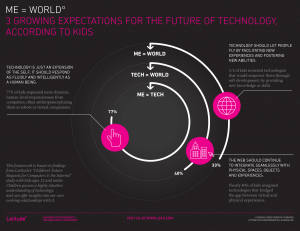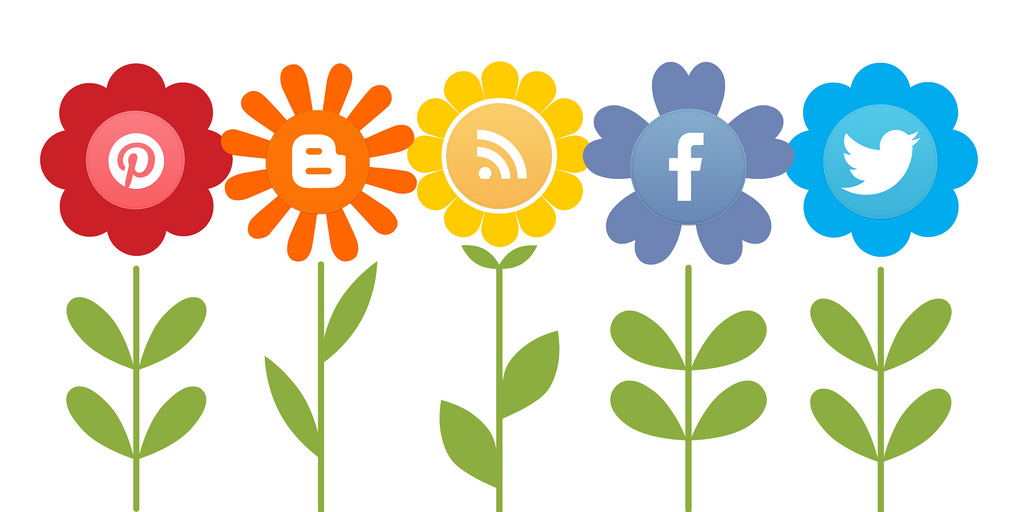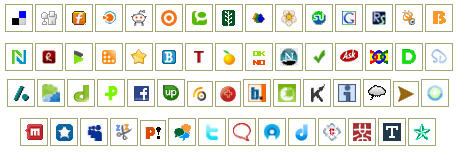This post is written by guest writer Andrew Mifsud of Barker College!
You can see him and others present at the 21st Century ASME Revolution Conference May 17th 2014.
Social media.
Once considered an enemy of academic pursuits, this technology has now flourished into an educational tool. With sites like Schoology, Edmodo and many others gaining traction in the classroom, it is important to understand a little more about the background as well as the possibilities and challenges this technology offers.
Photo Credit: IvanWalsh.com
When you stop and think about it, so much of what we do in our classroom relies on social interaction. Whether engaging in a group discussion during listening lessons, taking part in a performance workshop, or sharing compositional tips and ideas, learning not only occurs in the mind of the individual, but also through a collaborative and interactive process. John Dewey certainly supported this idea as far back in the 1910s when he recommended educators devise social tasks for students.
[video_youtube video_id=”Cma3MABaHsw”]
The problem with earlier types of computer-mediated technology was that it just wasn’t very good at handling collaborative or socially driven tasks. Social software analyst Clay Shirky claims that prior to Web 2.0, computer-mediated technology was generally designed to broadcast information (one-to-many). This type of communication is now associated with the outdated, instructional model of education where the teacher delivers information to individual students without much group interaction. On the other hand, Web 2.0 offers an alternative communicative style that allows many users to simultaneously interact and communicate with many other users (many-to-many). Suddenly, we have a technology that is closer to current classroom interactions, where learning (not the teacher) becomes the focus.
While this suggests an exciting time for technology in education, teachers who dive right in without giving much thought to the application of the technology often find themselves disappointed with the results. As with all technology, we should think of Web 2.0 as providing a new set of tools that we draw upon, but only when they will be beneficial to learning. Megan Poore from the University of Canberra proposes a set of useful questions teachers should ask themselves before planning to use this technology in their classroom.
We should think of Web 2.0 as providing a new set of tools that we draw upon…
Questions to ask when planning:
1. What is the intellectual focus of the lesson? (For example, comprehension, analysis, visualisation, etc.)
2. What types of exchanges should the students be involved in? (Collaboration, knowledge sharing, dissemination of opinion, etc.)
3. How can students best accomplish this? (Is it by social media, or something else?)
Poore gives the example that if the outcome of your lesson is best suited to students working individually on an essay, Web 2.0 might not be the best tool. However, if you wanted students to collaborate on a knowledge-building project that others can view and discuss, then Web 2.0 would be a better option. When viewed this way, we can start to focus on teaching strategies, rather than using technology for the sake of it.
…start to focus on teaching strategies, rather than using technology for the sake of it.
While there are many teaching strategies that suit the use of social media, here are just a few examples that you may like try out in your music classroom.
• Students can easily share their composition (and reflections on the composition process) on a social network site like Edmodo or Schoology. Once posted up, you can call for students to listen to the compositions of their peers and provide feedback by posting a comment below the post
• Students can use a site like Prezi to build a collaborative mind map based on a particular topic of study. YouTube videos and Google images can be easily embedded right on the mind map providing audio and visual examples when required
• Students can participate in knowledge building and sharing by creating a class Wiki, where each student is responsible for adding a page on a particular composer, instrument, or any other aspect of the chosen topic
• Drawing on ideas from the gamification movement, teachers can create online leaderboards and award online badges to motivate students. For example, Edmodo has a very handy quiz function where you can create quick quizzes to assess where students understand a particular concept. The quizzes can be ranked and badges collected for best responses.
• Videos of performances can be shared to a private (or public) YouTube channel. Students can listen to other students in the class and share thoughts and feedback relating to the performance
• Students can explore the context of particular composers lives using a site called Fakebook. Here, students assume the life of a different composer and can post comments as that person. Not only will this explore the life of the composer, it will also force students to imagine how different composers would relate to one another based on their compositions

Photo Credit: latddotcom
Remember
Web 2.0 does not work for all types of lessons, nor is it a quick fix that can be parachuted in for the sake of using technology. The emphasis should be on the learning outcomes and teaching strategies employed. If Web 2.0 can help these, then there is a real wealth of tool at your disposal – many of them being free and easy to use. If not, trying to get a tool to work where it is inappropriate might actually lead to negative outcomes.
Resources
Edmodo: www.edmodo.com
Prezi: www.prezi.com
Schoology: www.schoology.com
Wiki: www.wikispaces.com
References
• Dewey, J. (2004 [1916]). Democracy and education. Mineola, NY: Dover.
• Poore, M. (2013). Using social media in the classroom: A best practice guide. Los Angeles, California: SAGE.
• Shirky, C. (2009). How social media can make history. TED Conference. TED.COM. Retrieved from http://www.ted.com/talks/clay_shirky_how_cellphones_twitter_facebook_can_make_history.html
Cover image Photo Credit: mkhmarketing


Pingback: Wright-Stuff Music » Why use Web 2.0 in t...
Pingback: Wright-Stuff Music » Why use Web 2.0 in t...
Pingback: Wright-Stuff Music » Why use Web 2.0 in t...
Pingback: Wright-Stuff Music » Why use Web 2.0 in the Classroom? | Teaching Differently
Pingback: Wright-Stuff Music » Why use Web 2.0 in t...
Pingback: Wright-Stuff Music » Why use Web 2.0 in t...